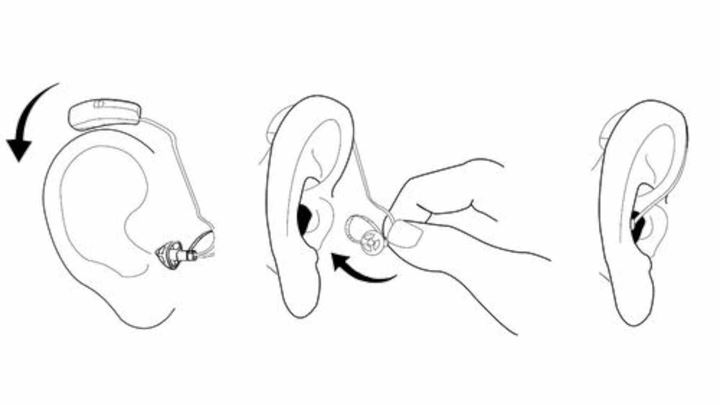
How to put on a hearing aid
Use three easy steps: Place the hearing aid behind the ear, insert the ear-tip into the ear canal - and run your finger along the wire.
Created Updated
Hearing aids
THREE EASY STEPS
- Place the hearing aid behind the ear, so that the earwire rests comfortably on the ear, close to your head.
- Insert the ear-tip into the ear canal while holding the lower part of the earwire.
- Run your finger along the wire to confirm that the hearing aid fits properly.

NOTE: Contact your hearing care professional if the ear-set does not fit properly or causes discomfort, irritation, or redness.